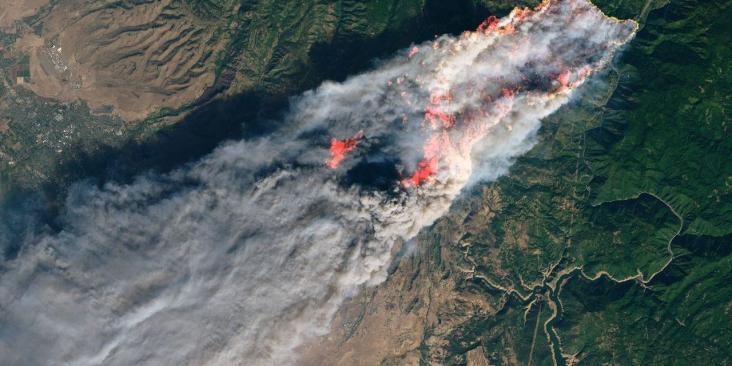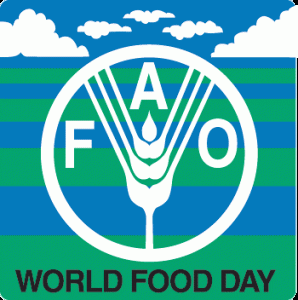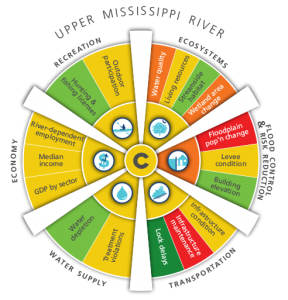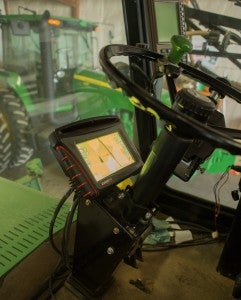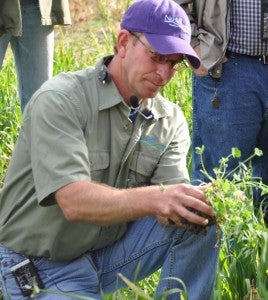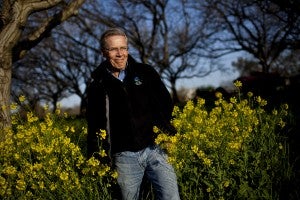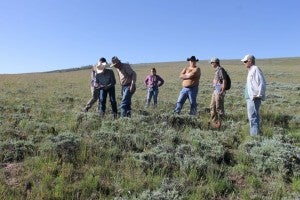The Campbell Soup Company, along with a growing number of major food companies, is taking action to implement and support sustainable agriculture measures. It’s in their best interest to decrease the risk of supply chain disruptions.
Plus, there’s increasing consumer demand for transparency. A new report from the Chicago Council on Global Affairs found that 78 percent of Americans are interested in how their food is produced.
I asked Dan Sonke, manager of agricultural sustainability at Campbell’s, to explain how his company is working with farmers to reduce environmental impacts, why they’re working with Environmental Defense Fund, and about the unprecedented demand he’s seeing for sustainable grain. Read More








